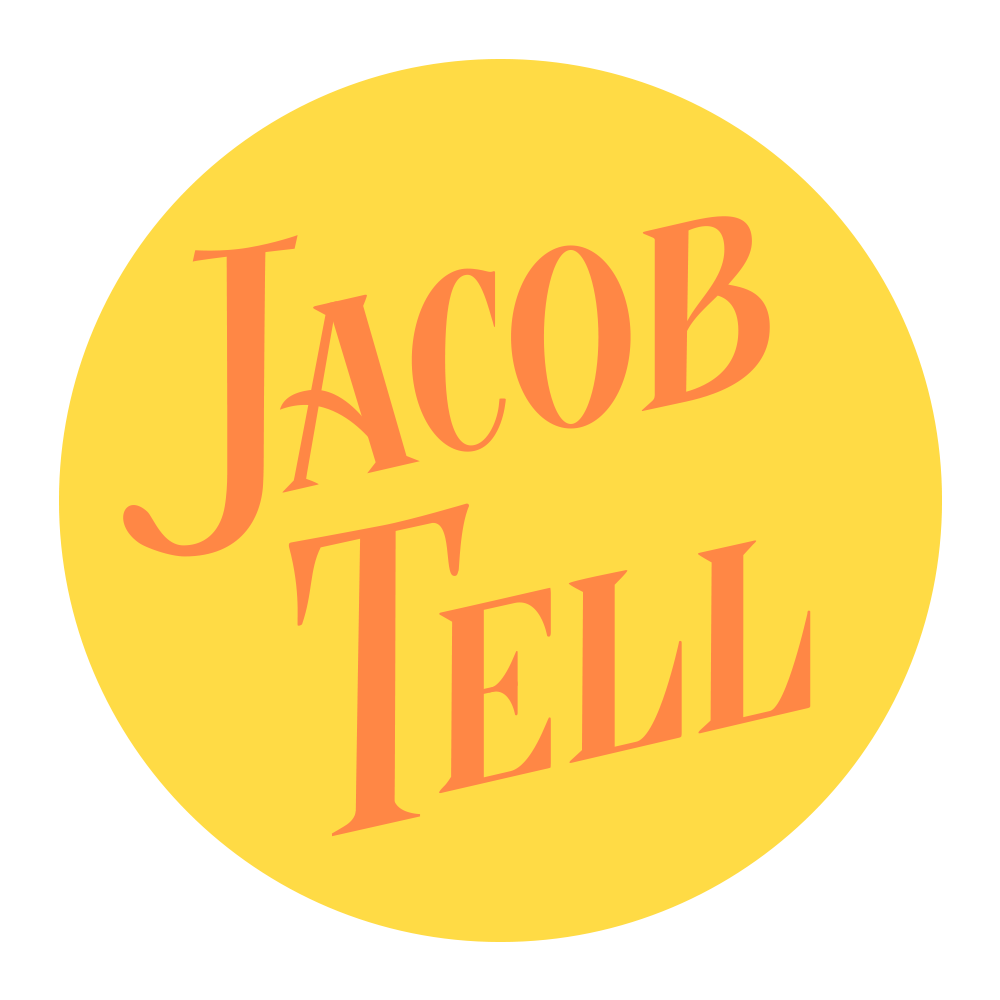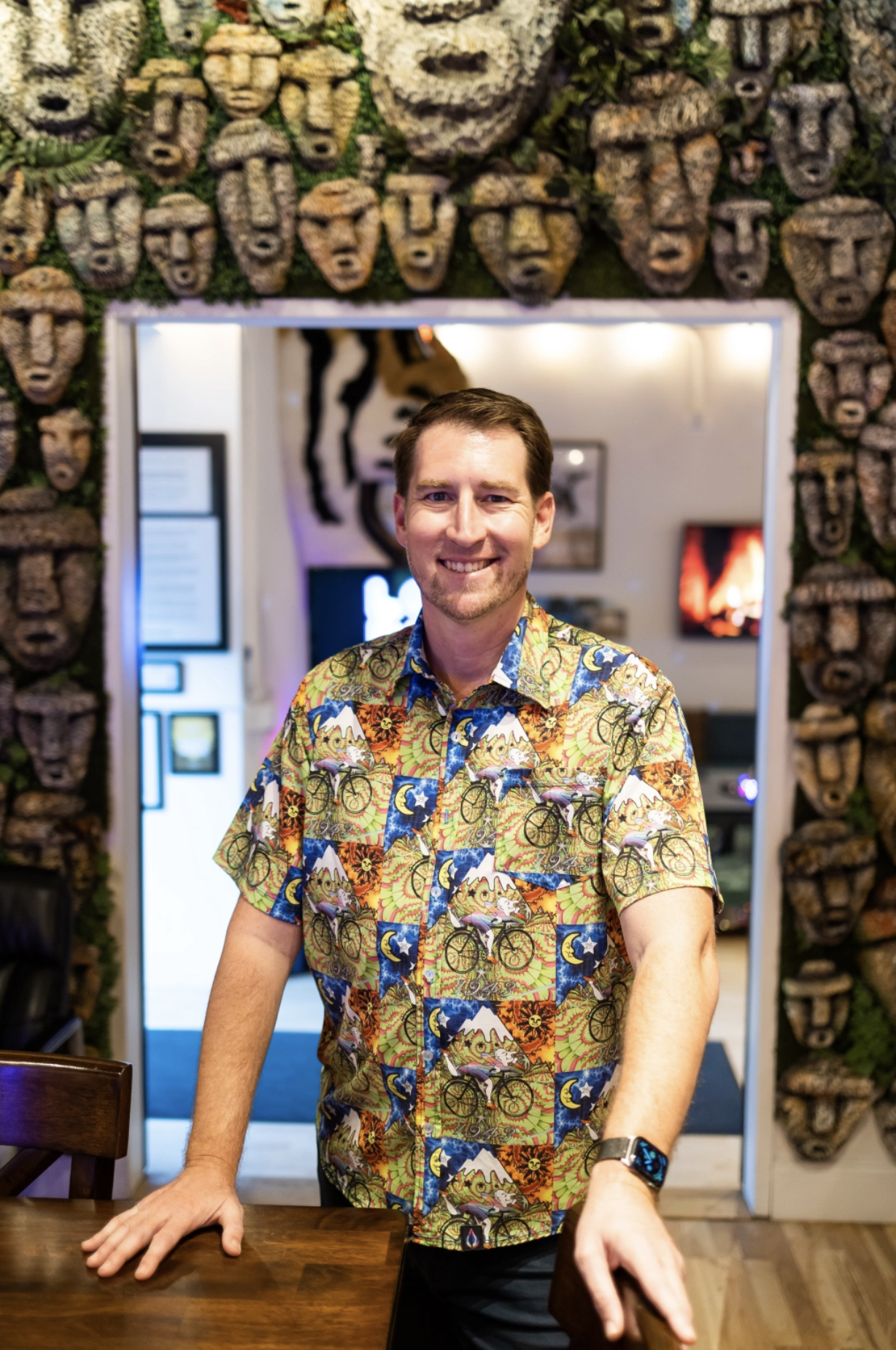Podcast: Play in new window | Download | Embed
Subscribe: Google Podcasts | RSS
In this episode, we are talking about District216 A Psychedelic Social Club for Thinkers, Creators and Trailblazers
…
Our mission is, Living, Laughing, Loving and Learning Together Creating and Cultivating Conscious Connections Thru the Practice of Openness, Honesty, Vulnerability, Humility, and Trust
…
Hi family! Today, Jason interviews Jacob Tell :
Jacob is the founder of District 216, a members only Psychedelic Social Club For Thinkers, Creators, and Trailblazers.
A Community where Education meets Entertainment in Art, Music, Cannabis, & Psychedelics.
Jacob is the driving force behind the branding and creative marketing agency,
Oniracom (founded in 2001), has spent more than two decades pioneering a culture
of positive disruption. His journey is not merely a career but a tapestry of
authentic relationships, a commitment to team building, and a steadfast dedication
to shaping culture.
With an educational background in film and politics, Jacob seeks world-changing
solutions for positive and creative people. He carries with him a deep appreciation
for nature and a hopeful vision for the future of human ecology. Jacob actively
supports forward-thinking environmental and political leaders and aims to further
meld the realms of artistry and science.
Jacob is more than a producer; he’s a relentless creator of communities,
championing values over profits, and ensuring that the moment’s purpose is never
lost. Jacob Tell is a dynamic force connecting creativity and culture.
Website: JacobTell.com
LinkedIn: www.linkedin.com/in/jacobtell/
Instagram: www.instagram.com/jacobtell
Twitter: twitter.com/jacobtell
YouTube: www.youtube.com/@JacobTell
@drbronners
TTJ Integration Circle: trustthejourney.today/integration/
Join the TTJ family: www.patreon.com/user?u=6057426
If you feel you received value from this or any episode please consider becoming a Patreon of Trust the Journey. Today. Any donation level helps us to continue on our path to creating more valuable content for you our Trust the Journey Family! When you become a Patreon you will be added to our private Facebook group which is specifically curated as a place of growth and support for all members.
Patreon Link – www.patreon.com/user?u=6057426 .
If a one-time donation to the show feels better for you, use this link: trustthejourney.today/donation/
THANK YOU to everyone who supports us already!! We truly couldn’t do this without you.
..
If you are inspired to become an advertising partner, please drop us a direct email at trustthejourney.today@gmail.com or a DM on instagram, www.instagram.com/trustthejourney.today
…
If you have a guest you’d like to recommend, or if you think you’d be a values-aligned guest, we’d love to hear from you too! Please drop us a direct email at trustthejourney.today@gmail.com or a DM on instagram, www.instagram.com/trustthejourney.today
…
Connect with Jay directly here: jasonmoledzki@gmail.com
Connect with Mel directly here: mel@melaniecurtis.com













